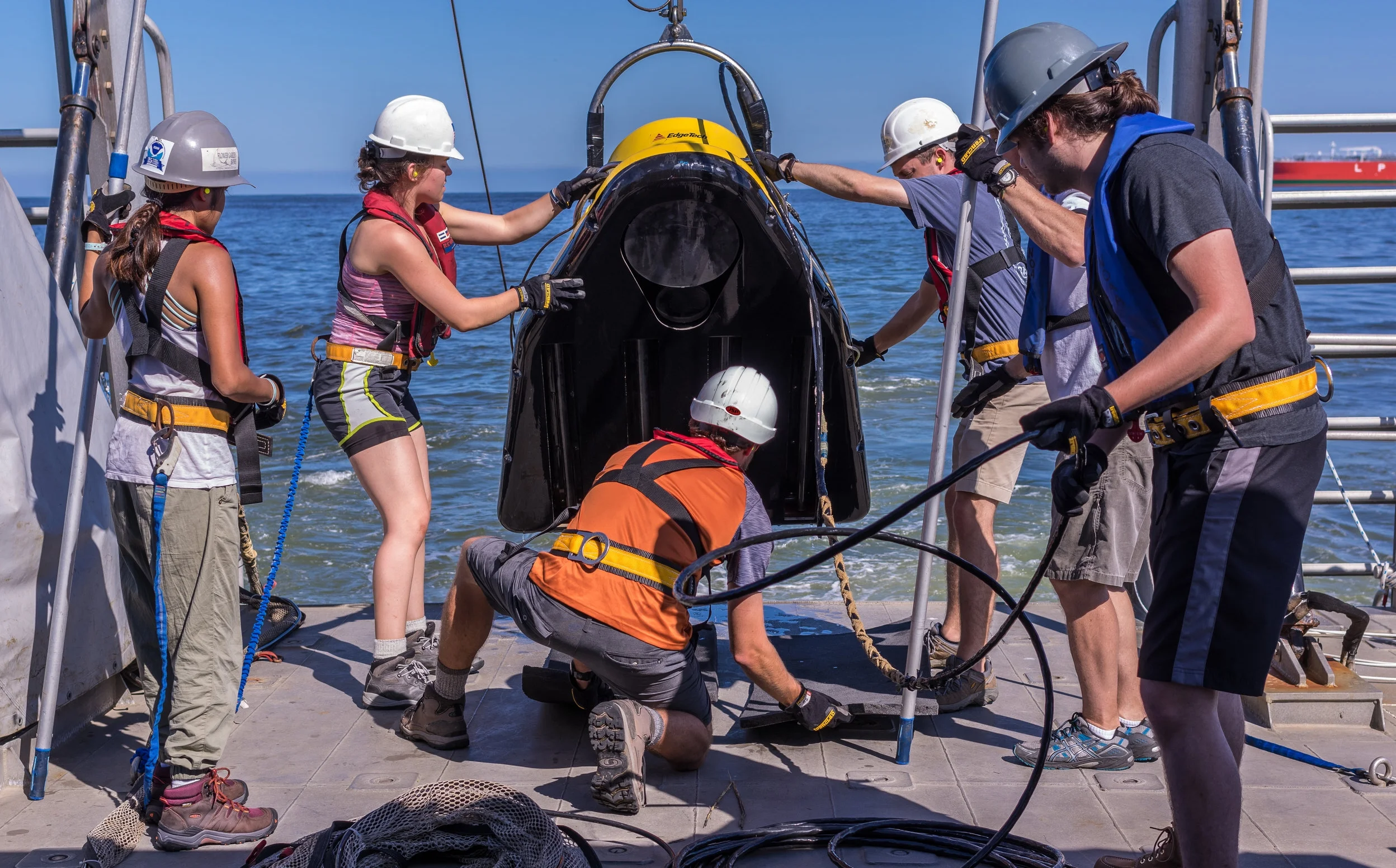14.2 ka Diploastrea coral located above present day sea level (near Tanavusvus, Vanuatu, SW Pacific)
Potential target location for recovering coral material of Last Glacial Maximum and deglacial ages
COral Field work, southwest pacific
Fall 2019, Fall 2023, and Summer 2024 A team of my collaborators from UT Austin headed to Vanuatu in the southwest Pacific during the Fall of 2019 and 2023 to collect corals that were alive from ~21,000-10,000 years ago. I am excited to join them during the summer of 2024!
This is an NSF-sponsored expedition entitled “Fossil Coral Records of ENSO during the Last Glacial Period” (award). A drill was designed to core a series of holes along the southern coast of Espiritu Santo, Vanuatu. The rapid uplift of 6-7 mm/yr raised corals from 120 m depth to ~20-30 m below present day sea level. High-precision uranium-thorium dating confirms the ages of the collected coral material. The recovered corals will be used to investigate the range of ENSO variability during very different background states compared to today. The reconstructed climate data from this study will help validate climate models that simulate past ENSO variability, many of which are also also used forecast future changes in ENSO with climate change.
The 2017 Marine Geology & Geophysics Field Course students and instructors aboard the NOAA vessel used for the week’s field work (Galveston, TX)
My research team deploying the CHIRP offshore of Galveston, TX
UT AUstin MARINE GEOLOGY & GEOPHYSICS FIELD COURSE
MAY-JUNE 2017 This summer course teaches University of Texas students valuable field skills about the collection, processing, and analysis of shipboard measurements, including seismic, CHIRP, and side-scan sonar data. We also collected a marine sediment core. This year’s study site was offshore of Galveston, TX to study the sedimentary evolution of the Trinity River during the late Quaternary.
R/V Point Sur. This vessel is owned by the University of Southern Mississippi and has a cooperative agreement between the University of Southern Mississippi and the Louisiana Universities Marine Consortium.
Deploying the sediment trap aboard the R/V Point Sur.
GULF OF MEXICO SEDIMENT TRAP DEPLOYMENT
NOVEMBER 2015 I participated in a short research cruise aboard the R/V Point Sur to deploy a new sediment trap in the Gulf of Mexico. The scientific team consisted of graduate and undergraduate students and researchers from the USGS, UT Austin, and the University of South Carolina. This fieldwork was conducted as part of the long-term USGS Paleoclimate Proxy Calibration project that uses the collected sediment trap data to establish the relationship between the shell chemistry of marine microfossils and modern ocean conditions. The relationship is used to calibrate paleoclimate reconstructions for the Gulf of Mexico.





